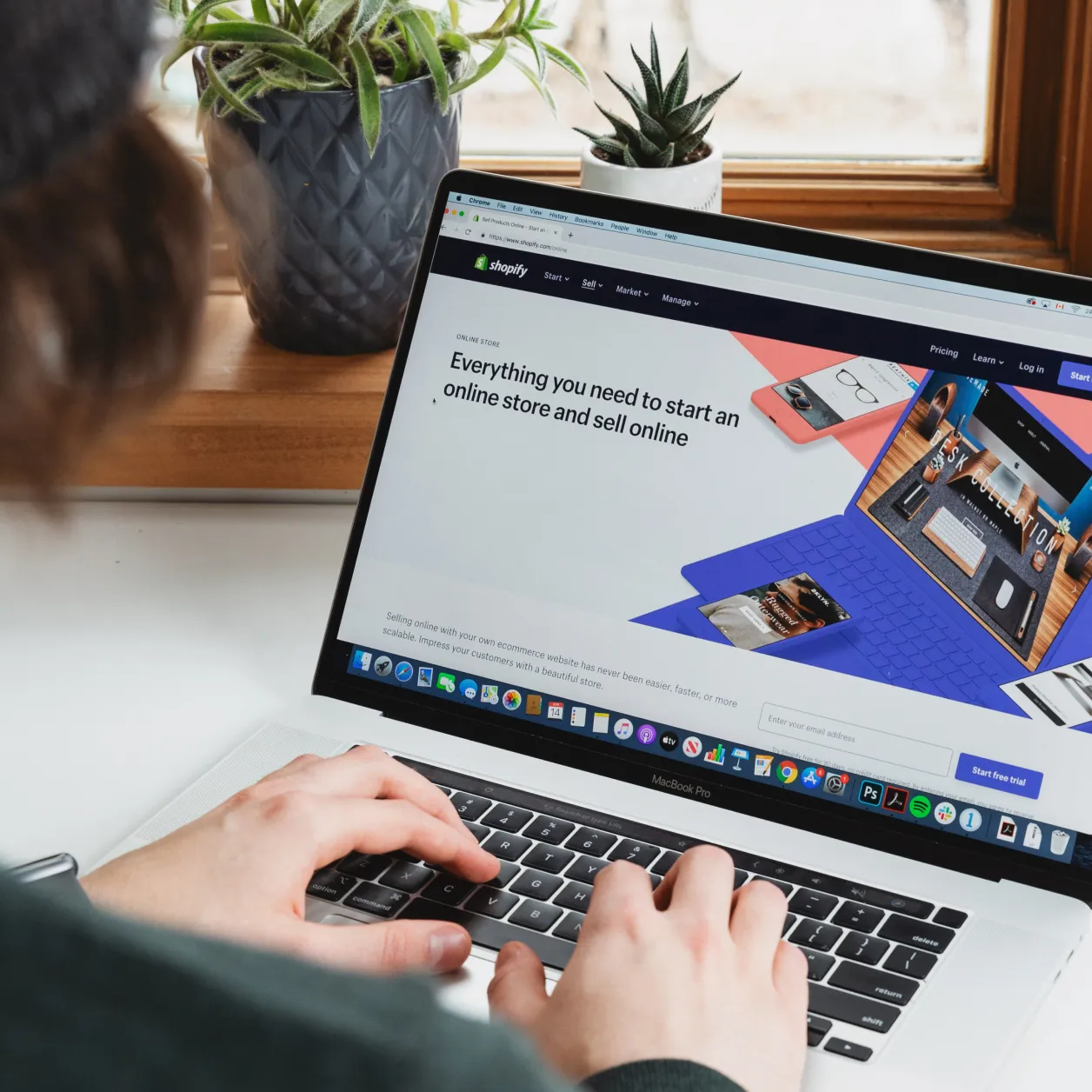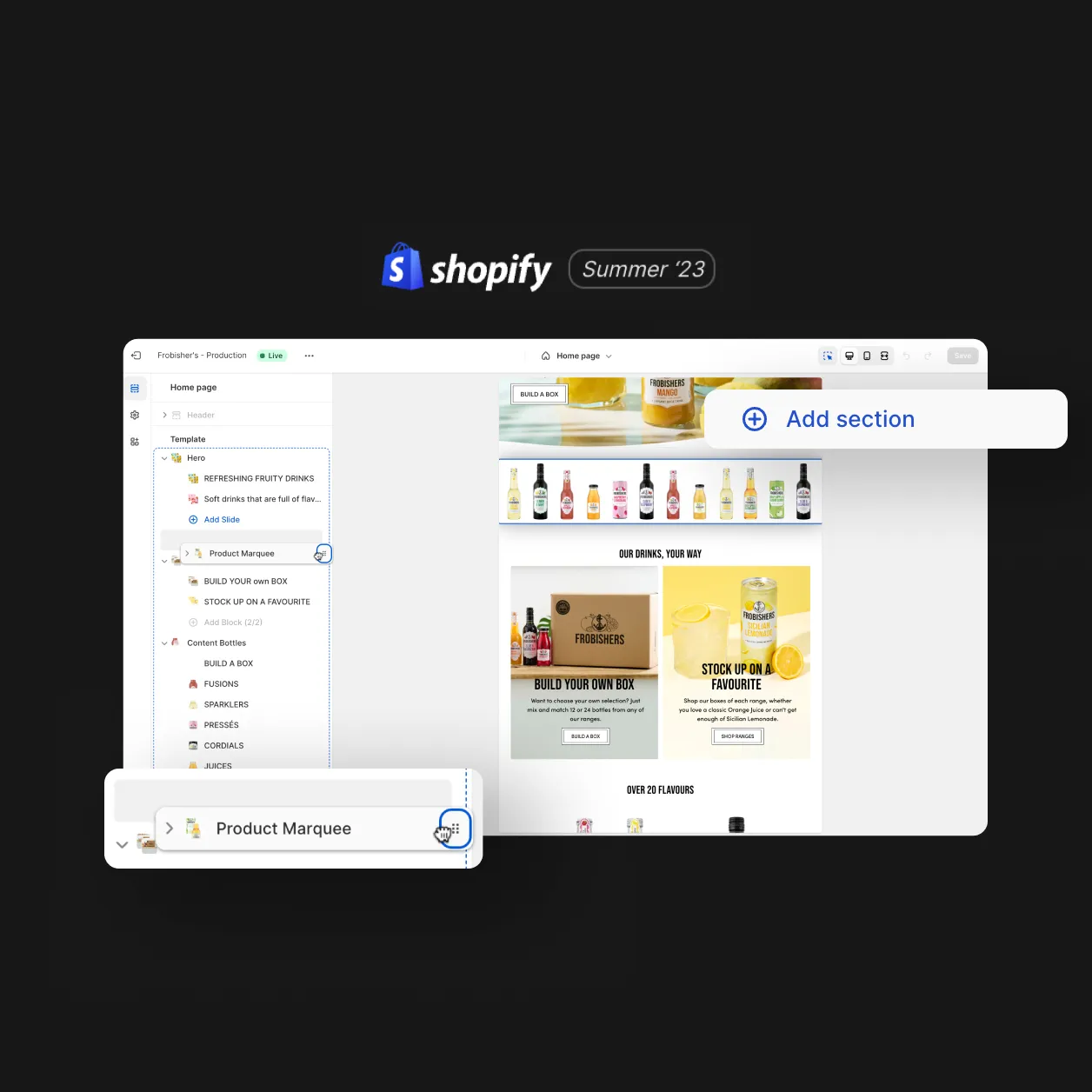
Are you unhappy with the current results of your digital advertising? Looking for digital solutions that go beyond paid social ads in terms of reach, targeting or creative formats? In our beginner’s guide to programmatic advertising, we explain what it is, how it works, and why it can deliver significantly better results when implemented properly.
What is programmatic advertising?
In its most basic form programmatic is just buying ads online through a computer interface without human intervention.
Programmatic advertising has been around since the dawn of the web. Google Adwords launched in 2000 and followed this with its own display ad network (AdSense) in 2003. You set up your campaign criteria (budget, bid price, targeting and other criteria) and the computer decides what ad space to buy and how much to pay for it.
Why is programmatic advertising worth considering on your media plan?
So why has programmatic suddenly become such an essential part of everyone’s plans? Simply because buying ads programmatically is more efficient; it’s easier and cheaper than doing it manually.
The real breakthrough came when ad exchanges enabled SSPs (which publishers use to sell ad space) to talk to DSPs (which advertisers use to buy ads). Since this was first achieved in 2006 the amount of advertising bought programmatically has steadily grown, but it was the ability to add user data into the mix that really started the programmatic explosion. Suddenly, programmatic was more effective as well as more efficient.
How programmatic delivers improved ROI
The rise of the DMP (where data is stored and managed) was a game-changer for the advertising industry. The ability to combine web user data from many sources and organise it into different groups – also known as audience segments – meant that advertisers could specify the user groups they wanted to deliver ads to. More recently, dynamic creative technology (DCO) means that the ad creative content can be assembled on-the-fly, to make it even more relevant for the user. Advertisers are discovering that better targeting and more personalisation through programmatic means greater relevance, more engagement and improved ROI.
How advanced programmatic accelerate performance
Google’s display network (GDN) is a good place to dip your toe into programmatic display advertising. However, it’s only designed for relatively small and simple campaigns. To get the full benefits of programmatic media you need access to a full DSP and greater programmatic expertise. Doing this gives your campaigns far more scale and opens a wealth of sophisticated strategic, data and creative options that will dramatically improve performance media results.
If you find you are reaching the limits of what you can achieve with the GDN, you may be exploring the benefits that programmatic technology like DBM (Google’s DoubleClick Bid Manager) and independent trading desks (ITD) can bring. These types of display ad platforms differ enormously in their capabilities, and it’s important to understand what each offers before you decide what is best for your business.
What’s the difference between GDN, DBM and ITDs?
To outline the most basic differences, the GDN allows you to run display campaigns through Google Ads. DBM is a DSP that allows you to use third-party data and purchase inventory from multiple ad exchanges. And ITDs offer alternative DSPs (sometimes including DBM) with advanced targeting and optimisation features along with more complex programmatic strategies like dynamic creative.
It’s important to realise, though, that DBM comes with substantial minimum monthly spends, while ITDs are often more flexible, can accommodate smaller budgets and enable campaigns to be run through DMB and other DSPs.
Also bear in mind that programmatic trading requires specialist skills to get the best results, and so it’s worth bringing in a programmatic partner.
Four key differences between GDN, DBM and ITDs
Let’s take a closer look at how the different systems stack up by examining four key differences between GDN, DBM and ITDs.
1) Inventory
If you want to reach more potential customers, you will have to leave the GDN behind and advertise on sites outside the Google AdSense network. DSPs can access dozens of ad exchanges and private market places (groups of sites with invitation-only access) that bring will bring much bigger audiences and provide more relevant content.
With more reach, however, comes more risk and you need to be more careful about brand safety as well as other inventory quality concerns like fraud and viewability.
Google operates its own brand safety controls within DBM, but to provide the best protection you should use an independent, third-party company such as Integral Ad Science. ITDs use companies like this to examine all inventory and provide advanced controls that identify and protect ads from appearing on specified types of content, avoid fraudulent ad impressions and allow view-ability to be measured and adjusted.
Most good ITDs will also operate extensive blacklists of bad sites and tiered whitelists that provide even greater reassurance.
2) Audience targeting
The GDN offers a decent variety of basic targeting options, while DBM goes up a gear with hundreds of options covering demographics, interests and purchase intent using first and third-party data.
ITDs can offer all this and operate more advanced audience targeting strategies. For example, data from exclusive media partners and a DMP that is integrated with data partners like Experian, Digital Element, Comscore, Integral Ad Science and Proximic – along with more esoteric data such as weather and sports feeds.
This allows more targeting accuracy (for example, the ability to target specific postcodes) and the ability to overlay different types of data, so we can optimise too many different locations, keywords, contexts, and audiences simultaneously. This would be an incredibly complex process in DBM as each would need a unique tactic and the number of different data permutations would be huge.
3) Creative
While it’s important to get your inventory and targeting right, it’s essential that your creative has impact and engages your audience. The GDN allows text, basic display and video ads, while DSPs focus on rich media display and video ads.
One of the major advantages of stepping up from the GDN is the ability to use dynamic creative to show personalised ads based on user behaviour, location or context. Dynamic Creative Optimisation (DCO) leverages the user data in the DMP and your own product feed to create an ad on the fly – changing the message content and image to suit the web user browsing the site.
Not only is the ad more eye-catching, but it increases the level of user engagement, resulting in more clicks and, ultimately, more sales.
4) Strategy and attribution
The more sophisticated tools available in DSPs allow you to run campaign strategies that can really turbocharge your digital marketing. Audience segmentation, lookalike modelling and multiple data overlays can all boost performance and the audience and data insights you gather can be used to understand your existing customers better and find new ones.
But new tools and strategies mean campaign success has to be measured in different ways. Basing campaign performance on last-click attribution (often used for campaigns run on GDN) won’t give you the full picture – and is particularly damaging when the strategic goal of a campaign is to drive incremental sales.
Last click attribution always favours consumers at the end of their buying journey at the bottom of the purchase funnel, delivering yet more ads to people who are already deep in the buying cycle. So the majority of sales it attributes would have taken place anyway.
However, new customers inevitably went through a long, detailed consideration process involving a lot of research before buying and it’s unlikely that the media channel, owner and tactic that first introduced the customer to the brand, and the offer they eventually bought, was also the last digital touch-point involved before purchase.
For upper-funnel branding and prospecting campaigns, when calculating the value of each strategy it’s essential that KPIs like Cost Per Action (CPA), ROI, post-click and post-view conversions are considered.
How to take your first steps with programmatic
Taking the first steps in programmatic outside the GDN can seem daunting for good reason. Running multiple strategies and personalised, dynamic creative while managing brand safety, viewability and fraud need real expertise.
Make sure you find a partner who is not only an expert in running programmatic campaigns but who can explain what they are doing, what works and what doesn’t. You really don’t want to spend your time worrying about a million and one technical details when the right partner allows you to spend more time thinking about your customers and overall marketing strategy.
The GDN is a good starting point for advertisers looking for a self-serve entry-point into programmatic display media, but more sophisticated platforms offer so much more. Ultimately, a lot will depend on your digital display budget.
Under £10,000 a month and it’s probably not worth changing anything but if you spend more, look for a partner to help you make the move. They will do the heavy lifting and the results you get from a professional will easily outweigh any of the costs involved.
Quick programmatic glossary
DBM (Google’s DoubleClick Bid Manager) – a DSP that allows advertisers to use third-party data and purchase inventory from multiple ad exchanges
DCO (dynamic creative optimisation) – a creative platform that allows you to create and test several versions of the same ad from a single ad tag, for sophisticated targeting and optimisation.
DMP (data management platform) – a platform that stores and manages data
DSP (demand-side platform) allows advertisers to use third-party data and purchase inventory from multiple ad exchanges
GDN (Google Display Network) – lets advertisers run display campaigns through AdWords.
ITD (independent trading desks) – an advertising trading company that is independent of any media agency or communication group. Some can operate multiple DSPs (including DBM) including their own
SSP (supply-side platform) – a software platform that enables publishers to automatically sell ad space.
Design
Inspiring behaviour change through visual experiences. Our digital design services ensure instant clarity and visuals that cut-through in a cluttered market.




